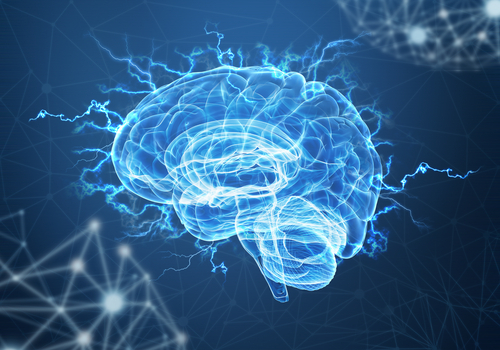Brain Stimulation Technique Fails to Improve Cognitive Function in Parkinson’s, Study Shows

A form of repetitive transcranial brain stimulation known as intermittent theta burst stimulation (iTBS) failed to improve cognitive function in people with Parkinson’s disease, according to a recent study.
The study, “Impact of Prefrontal Intermittent Theta-Burst Stimulation on Working Memory and Executive Function in Parkinson’s Disease: A Double-Blind Sham-Controlled Pilot Study” was published in Brain Research.
Parkinson’s disease is a multi-system neurodegenerative disorder with motor and non-motor features. Rest tremor, slowness of movement (bradykinesia), rigidity, impairment of posture, balance, and gait are among the motor symptoms and signs, while cognitive decline is a recognized non-motor complication with significant clinical impact.
Evidence suggests an association between compromised working memory and akinetic-rigid patients — those who exhibit slow movement accompanied by muscle stiffness and postural instability plus gait difficulty.
Working memory is the type of memory that holds temporary information needed only to accomplish an immediate task. For example, when putting a new contact into a phone, a person temporarily memorizes the digits in the phone number until he or she is done with that task.
Impairments in executive functions, including working memory, are common and have been attributed, in part, to abnormalities within the dorsolateral prefrontal cortex and the frontostriatal circuitry (the neural pathways that link the frontal lobe and the striatum regions of the brain). These are brain areas involved in the control of cognitive skills and motor function.
Intermittent theta-burst stimulation (iTBS), which uses rapid electrical stimulation in the theta (4-7 Hz) range to increase signal transmission between neurons, has been shown to enhance cognitive function in cognitively intact adults, particularly when applied over the prefrontal cortex — a brain area key for the performance of executive functions.
“Presently, the efficacy of iTBS in clinical populations experiencing cognitive dysfunction remains uncertain with only a very limited number of studies having been conducted to date,” the researchers noted.
Now, researchers conducted a double-blind, sham-controlled pilot investigation into the effects of single-session iTBS on working memory performance and executive function in Parkinson’s disease of unknown cause (idiopathic).
Fourteen patients (four women and 10 men, average age of 71.07 years) received either active or sham iTBS over the left dorsolateral prefrontal cortex across two separate experimental sessions.
According to the scientists, the stimulation consisted of “bursts of three pulses delivered at a frequency of 50 Hz, and repeated at 200 ms intervals for a period of 2 seconds (one block). Each block was then repeated every 10 seconds for a total of 600 pulses.”
Patients had their reasoning, learning, executive control and short memory abilities assessed prior to iTBS and again at 5- and 30-minute intervals following stimulation.
Although it was well-tolerated and no side effects reported, the stimulation procedure did not improve any of the evaluated cognitive abilities.
Participants were found to perform better on the executive function test over time, but the positive effects were attributed to learning instead of active or sham iTBS.
Investigators argue that the reported ineffectiveness of the brain stimulation procedure could be due to the subjects’ advanced age. The brain’s ability to modify its connections and rewire itself — a biological phenomenon called plasticity — is known to decline with age. That is why it’s plausible that elderly patients are less prone to the plasticity-inducing effects of iTBS.
Additionally, the study’s small sample size also may have limited the detection of large differences between intervention groups.






